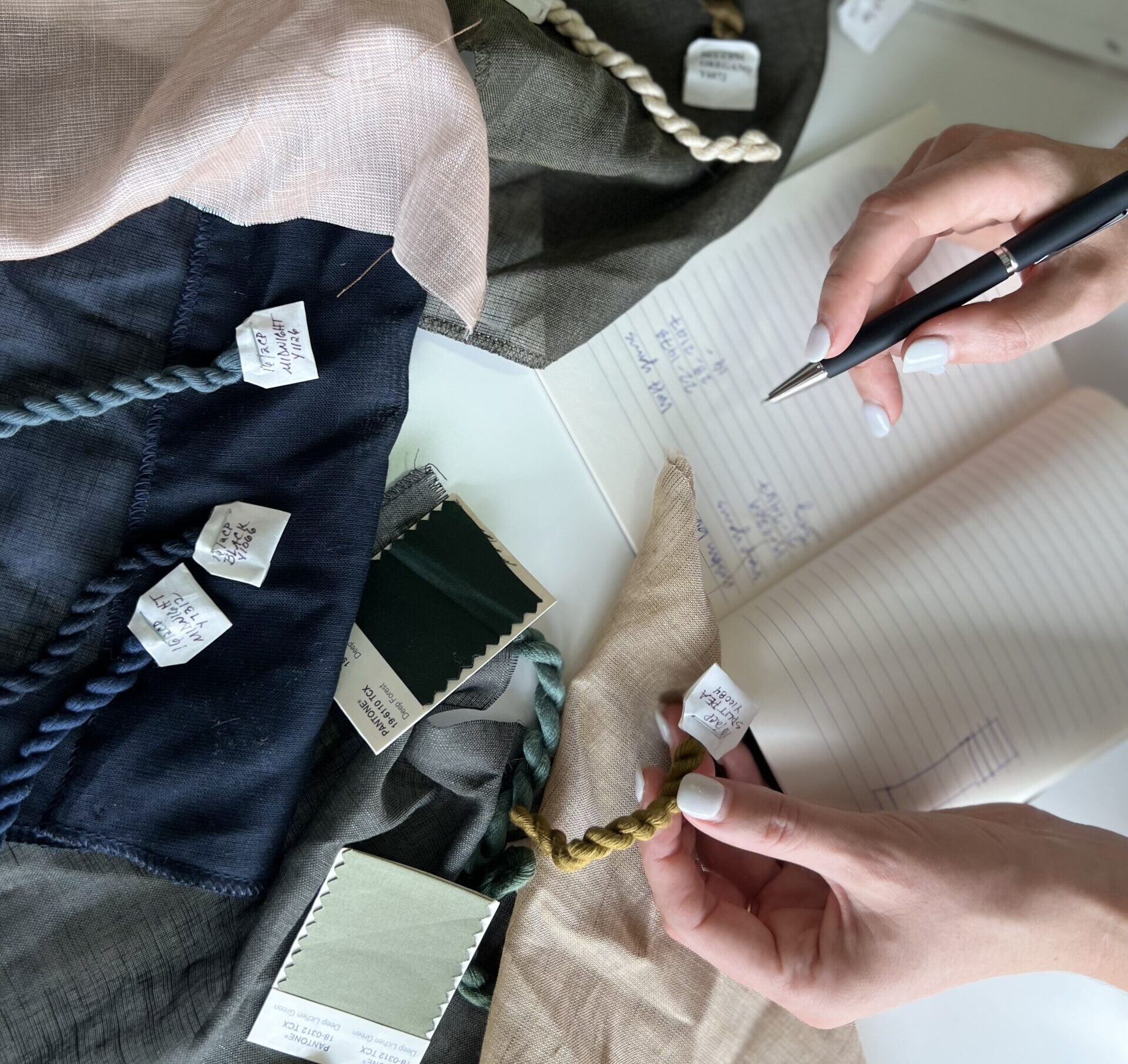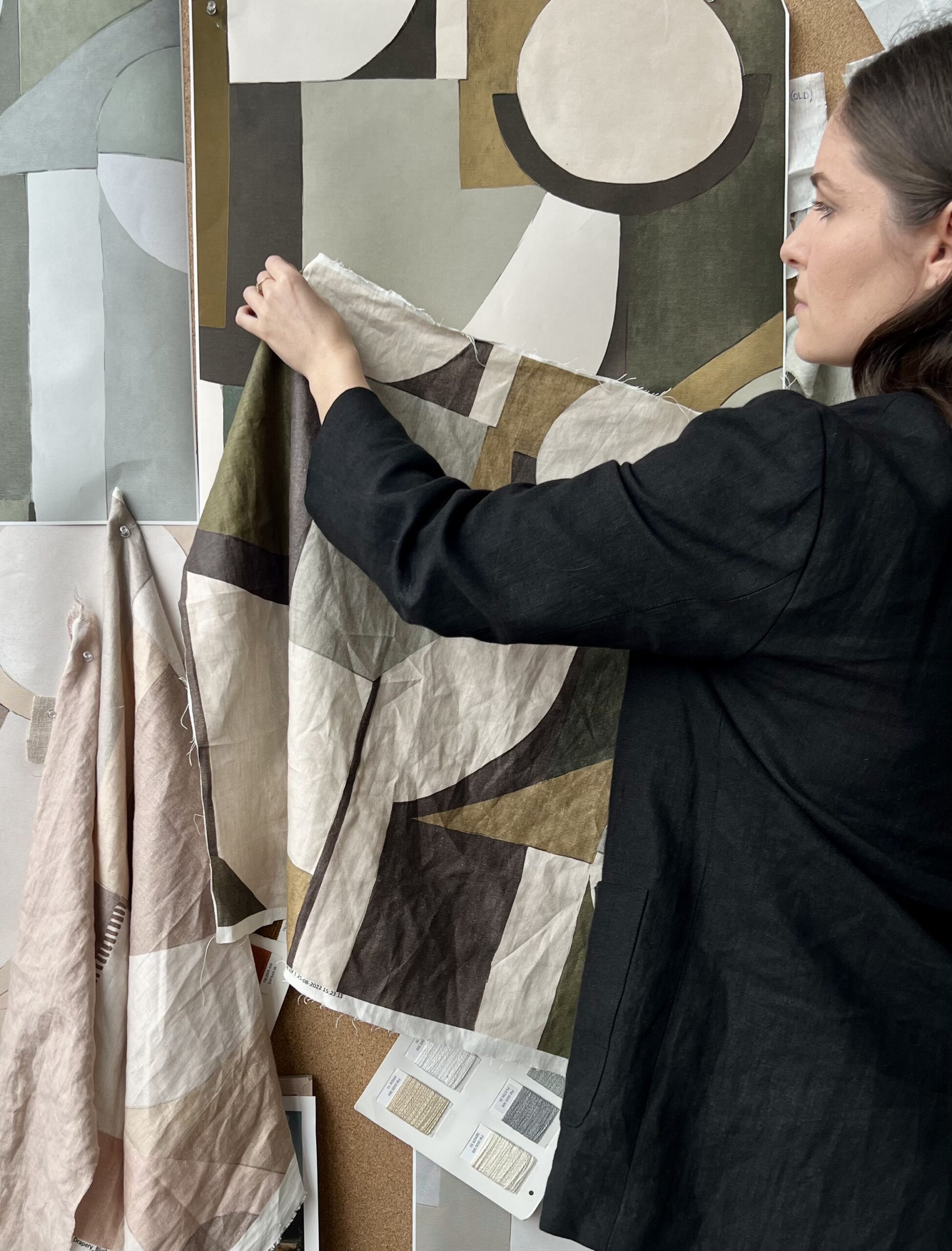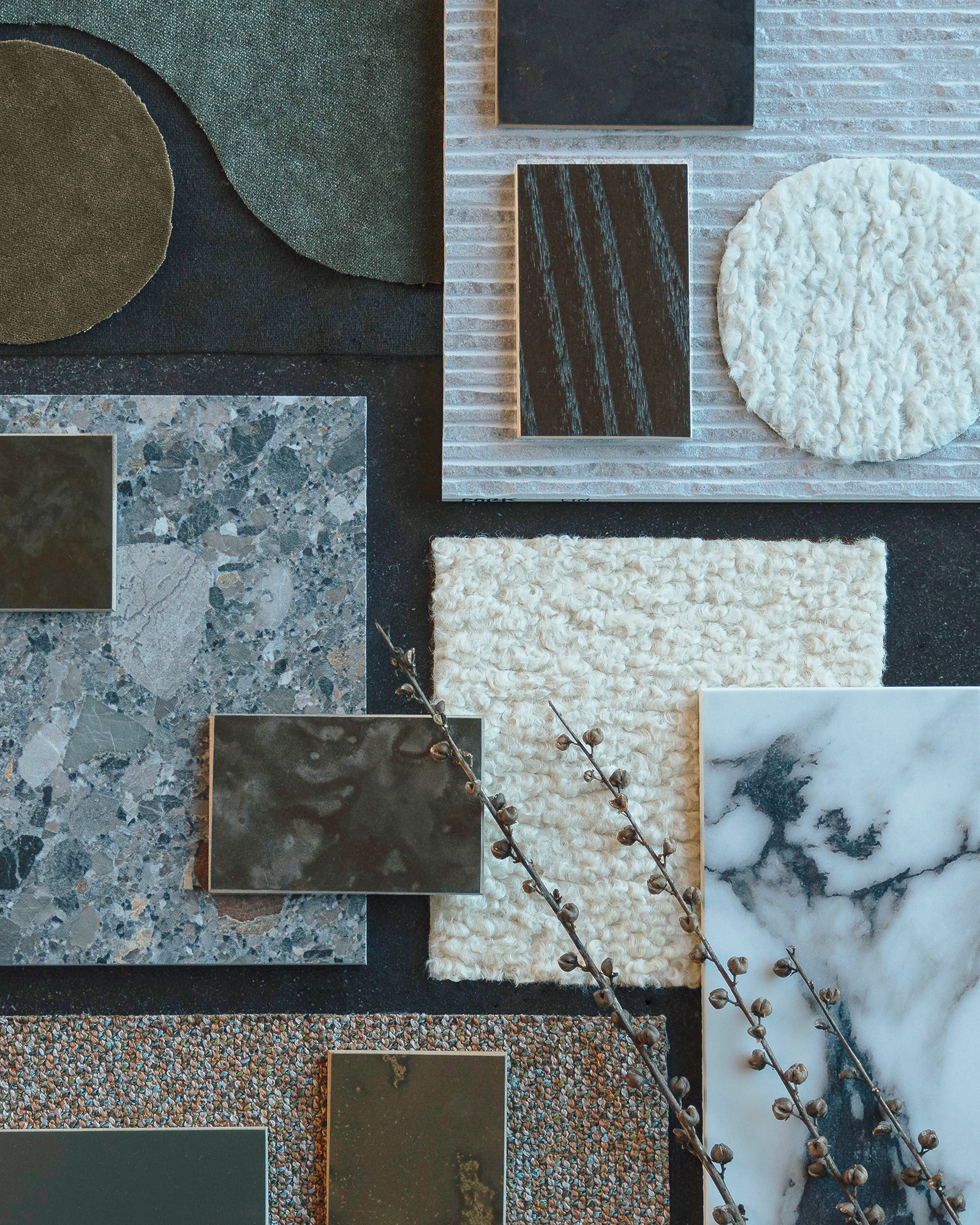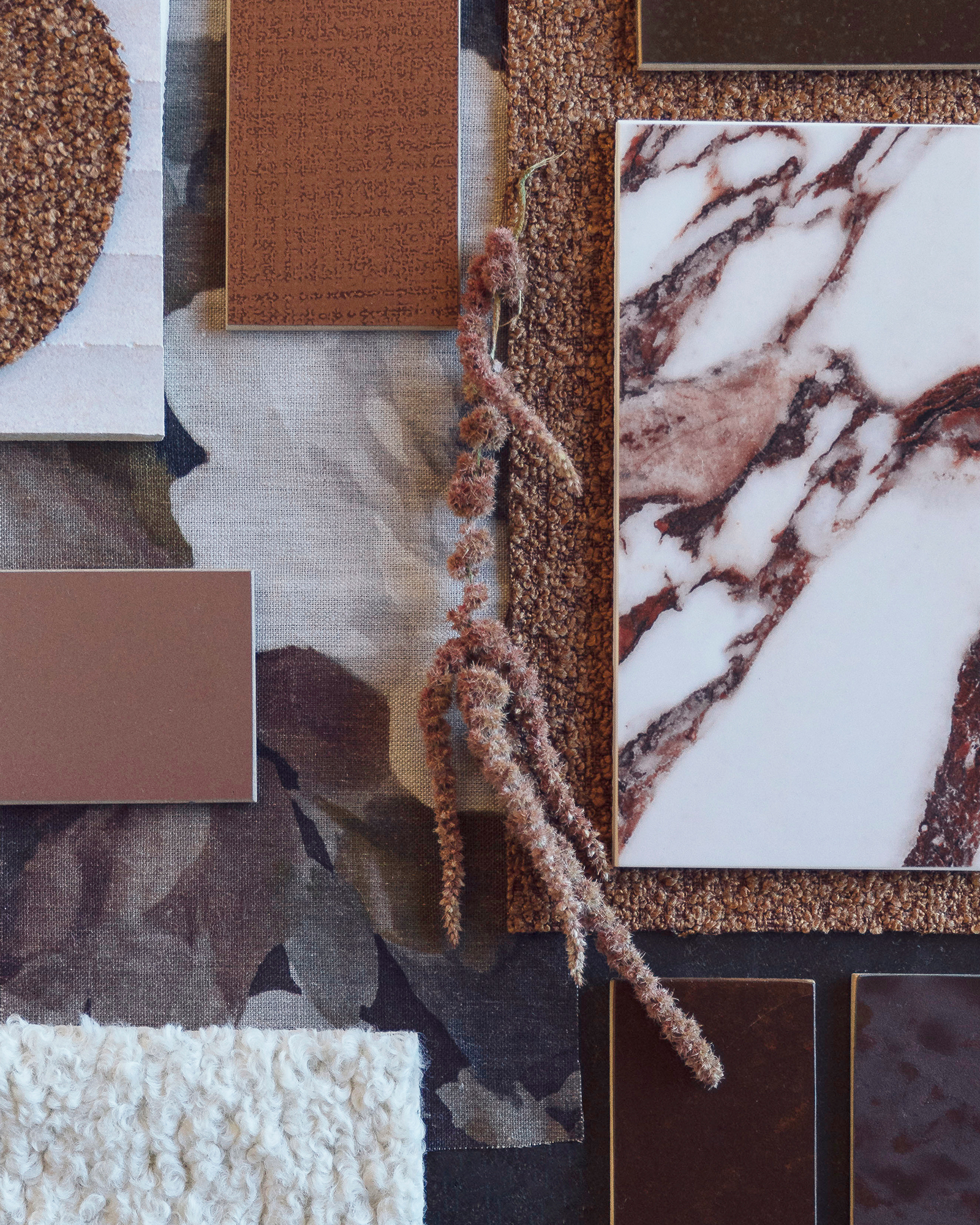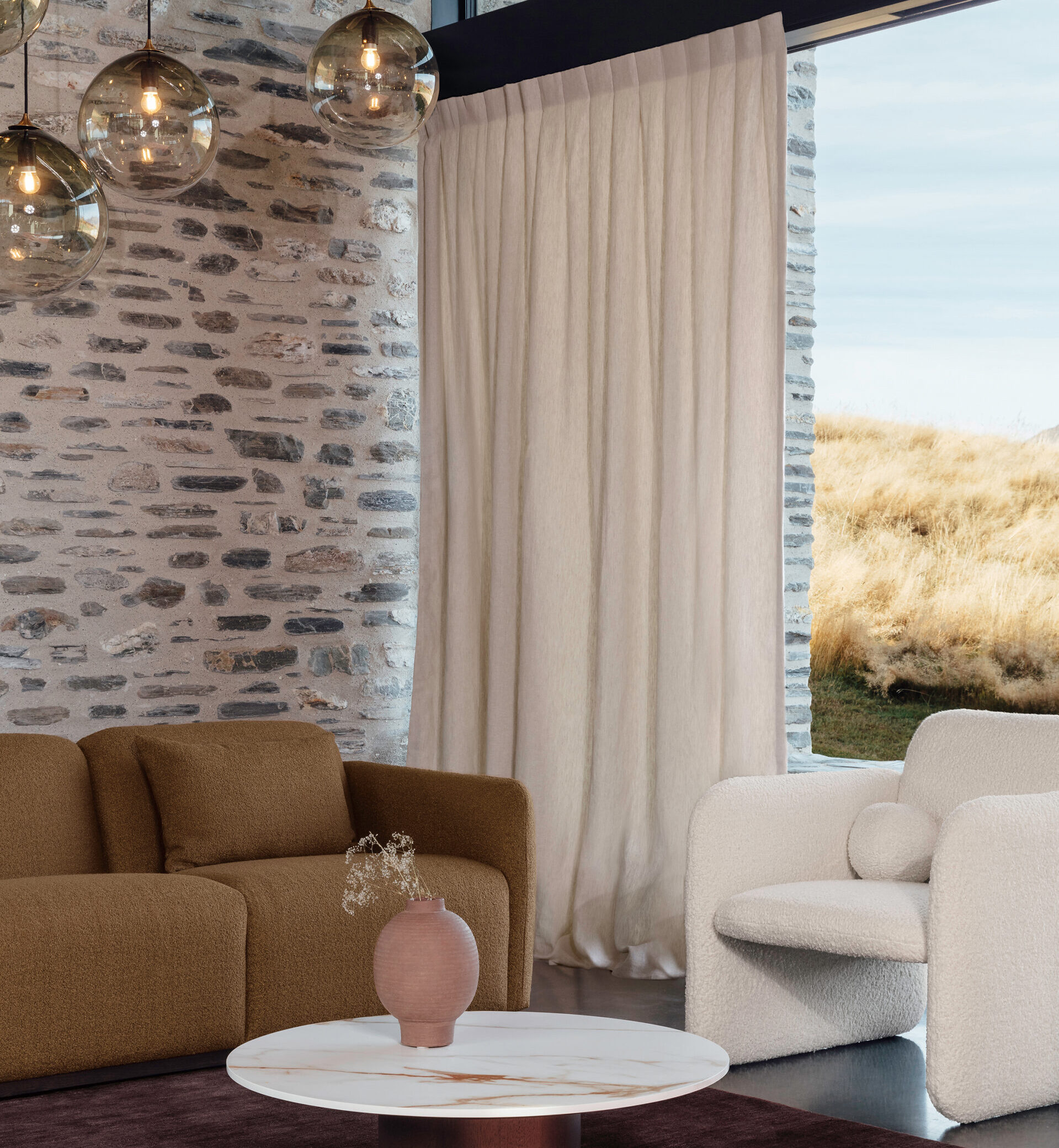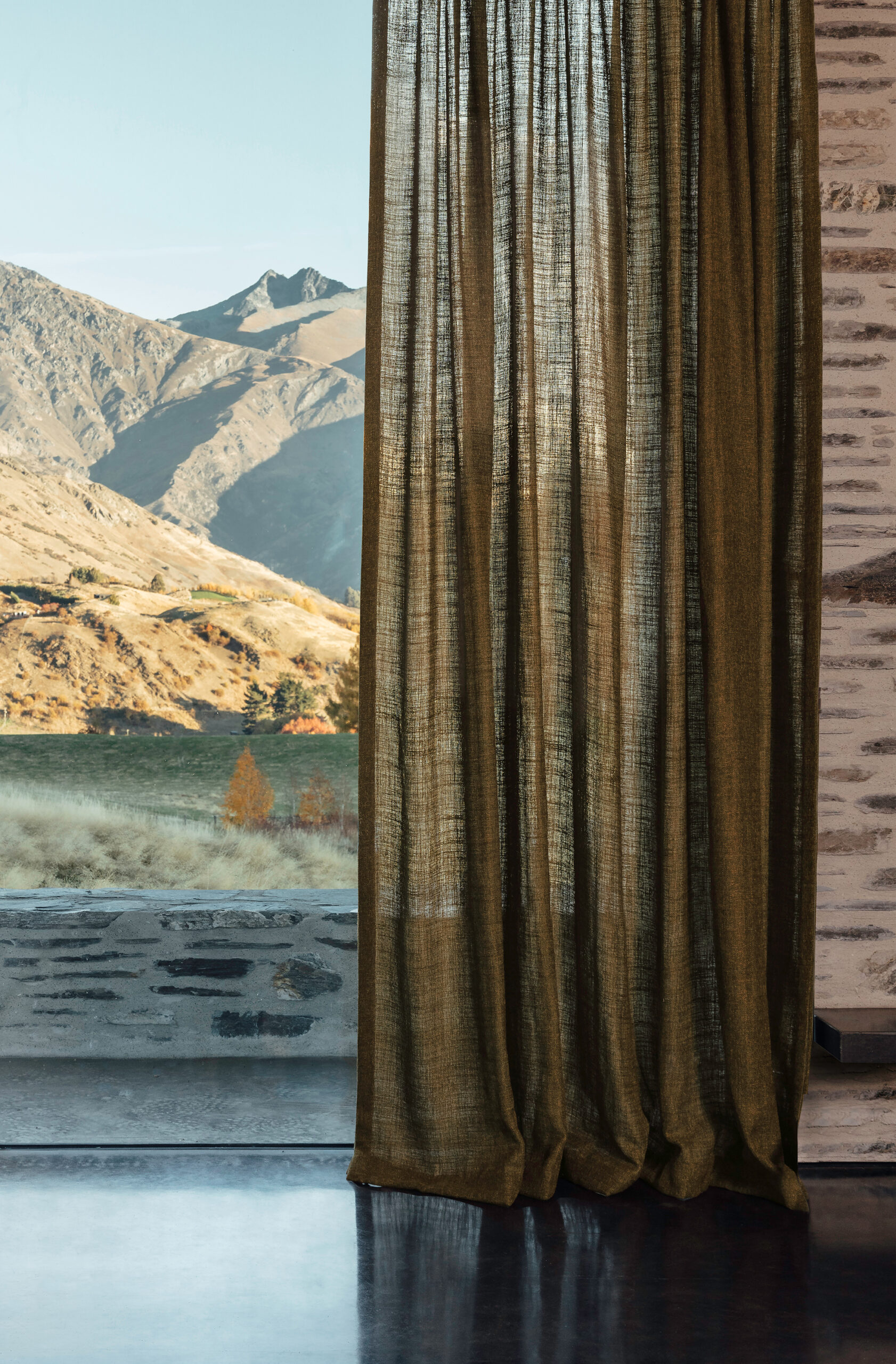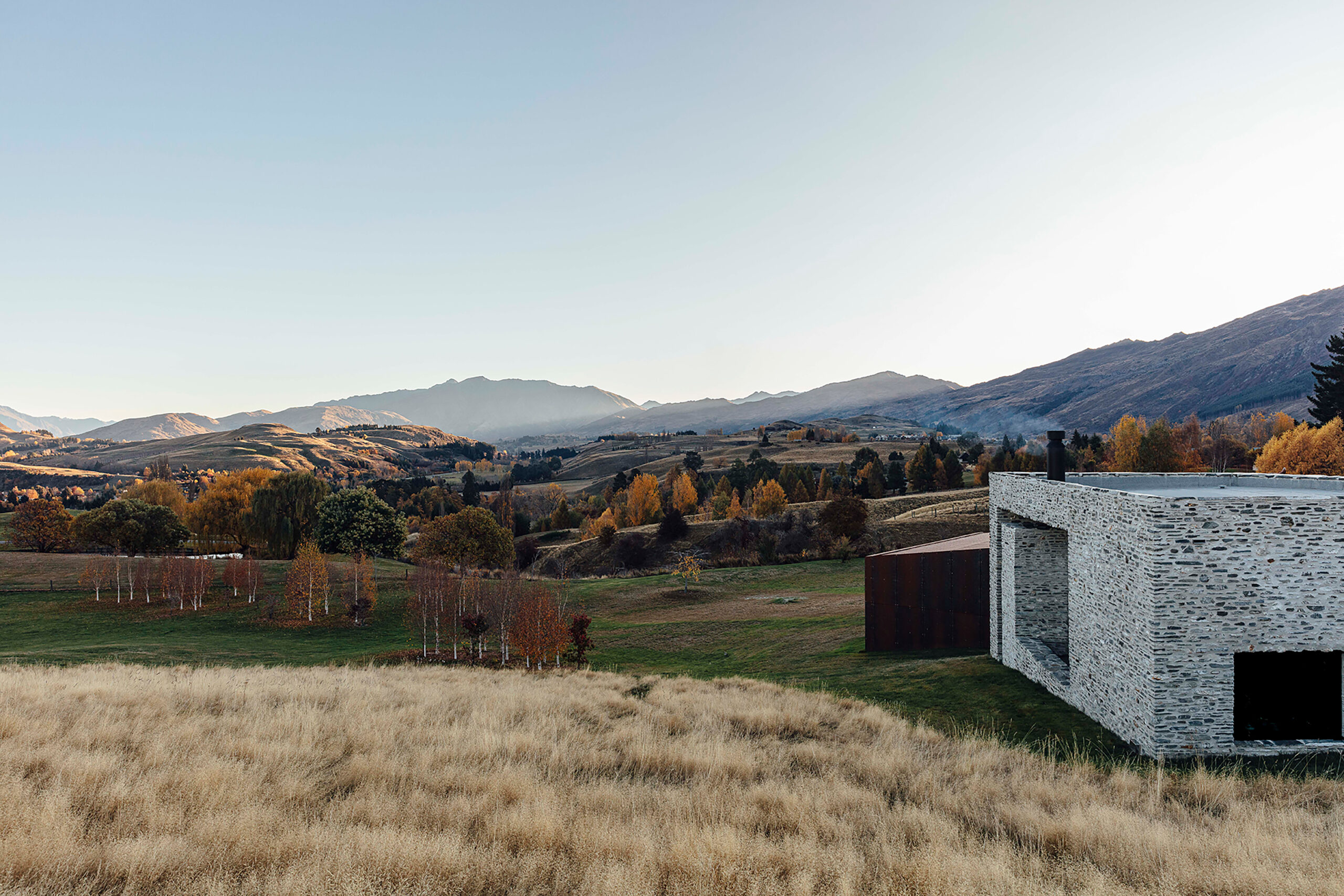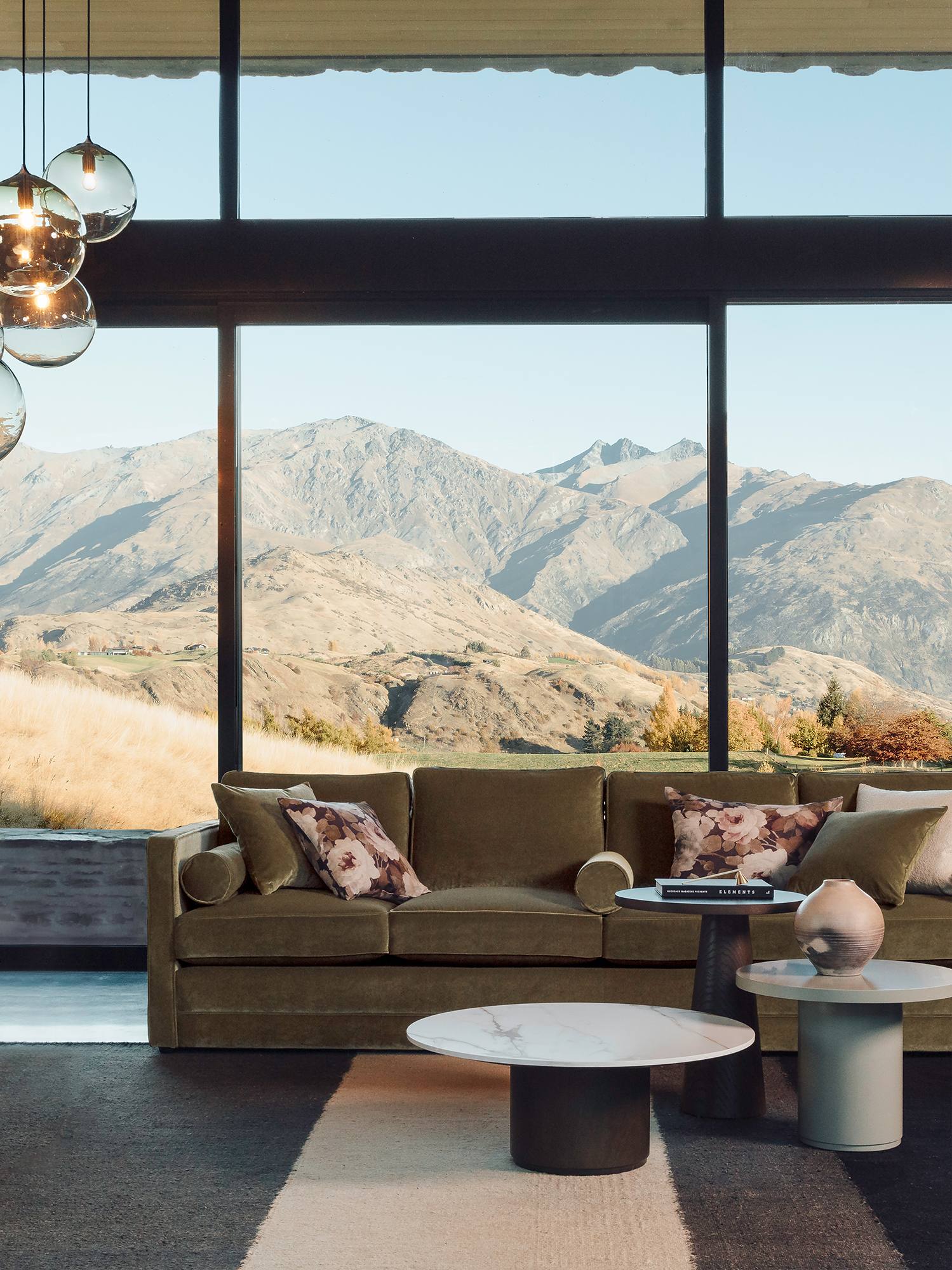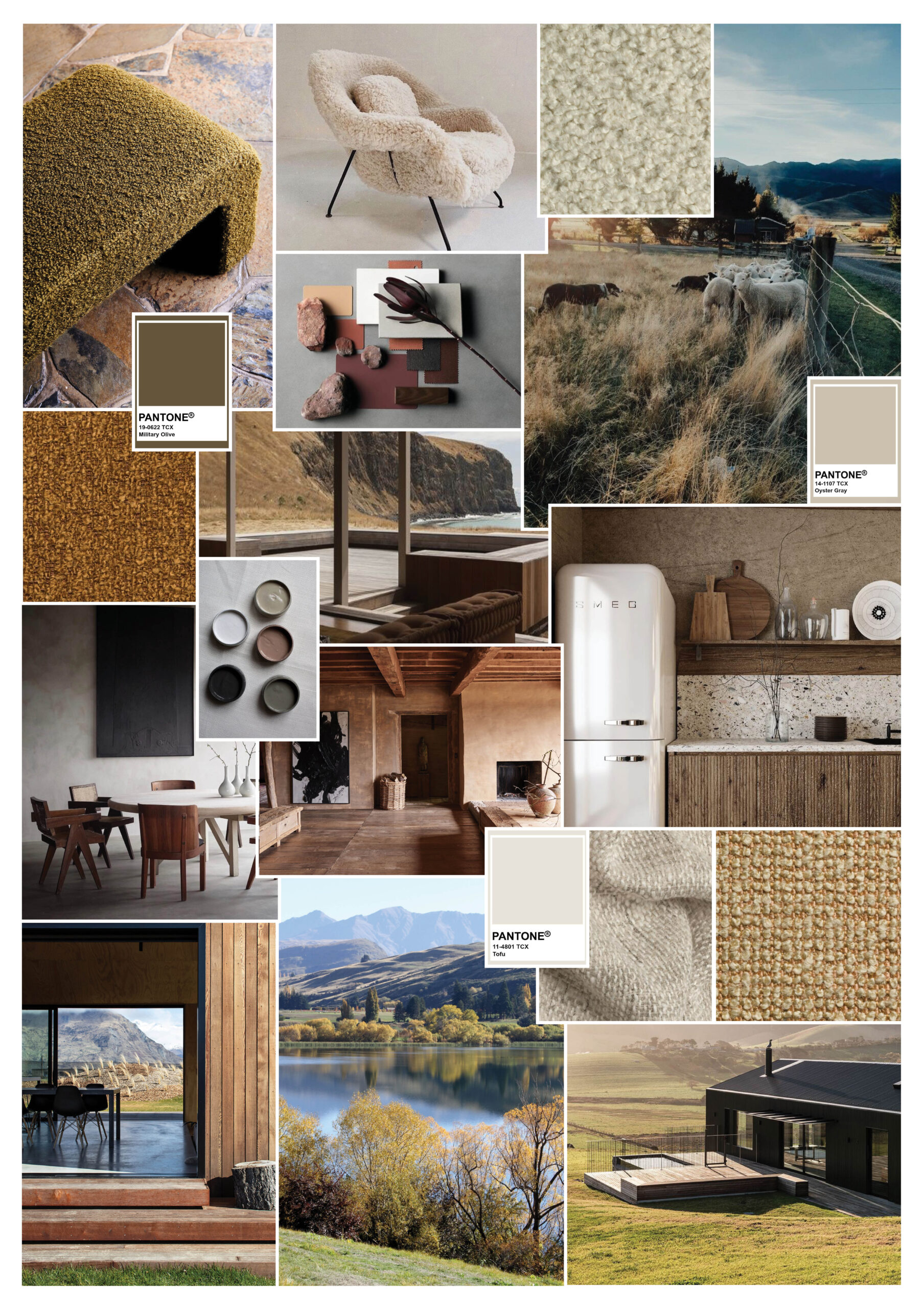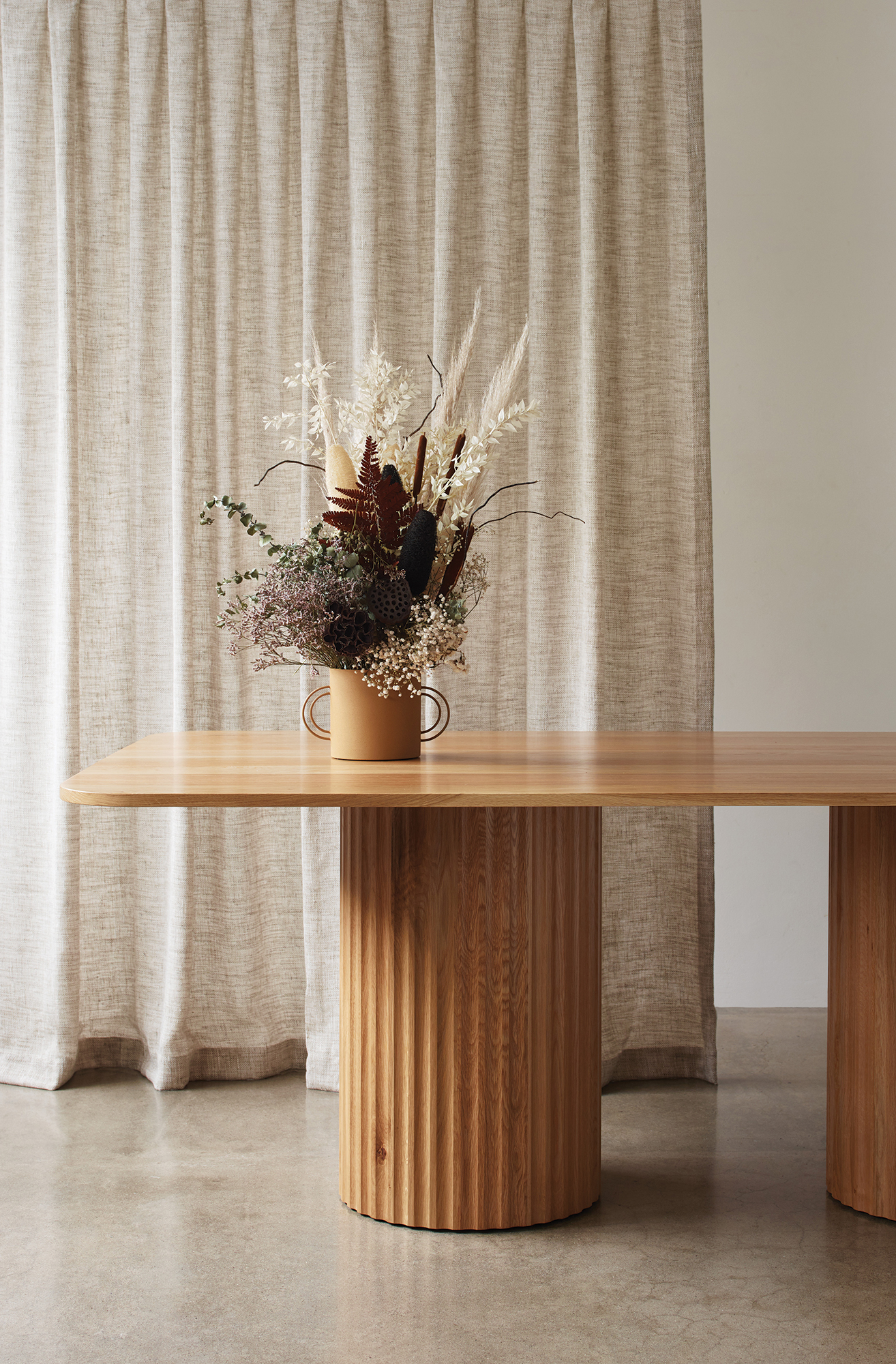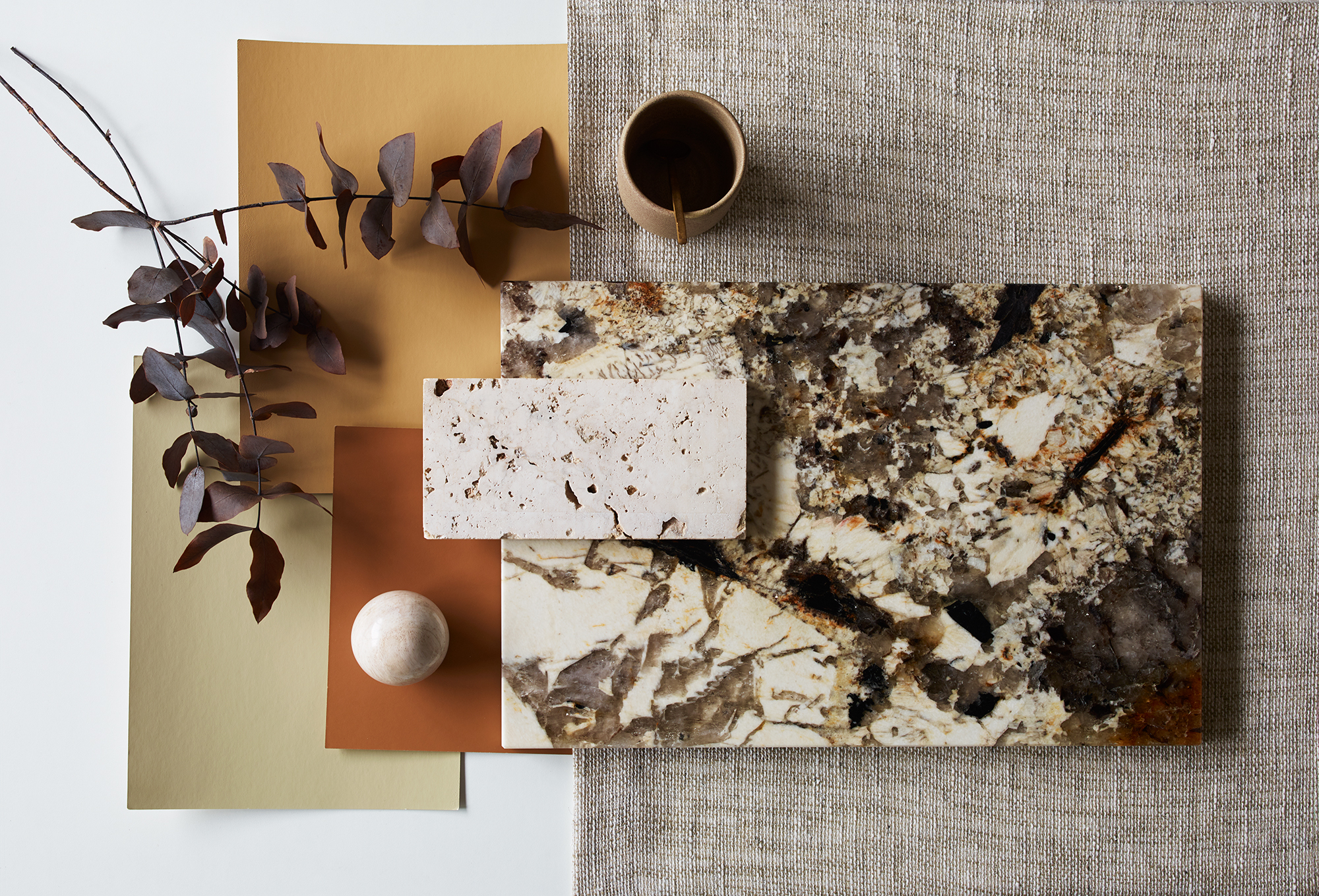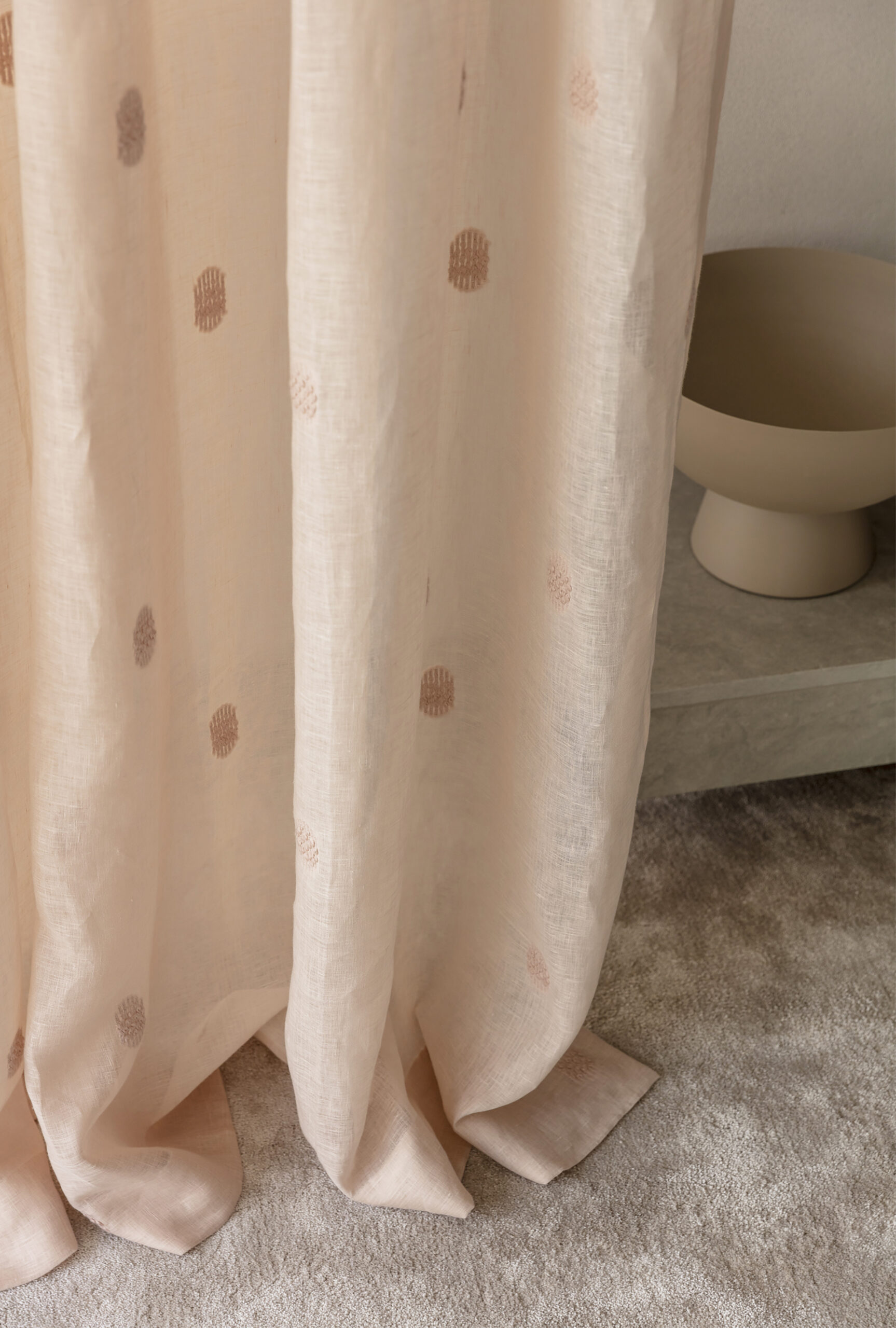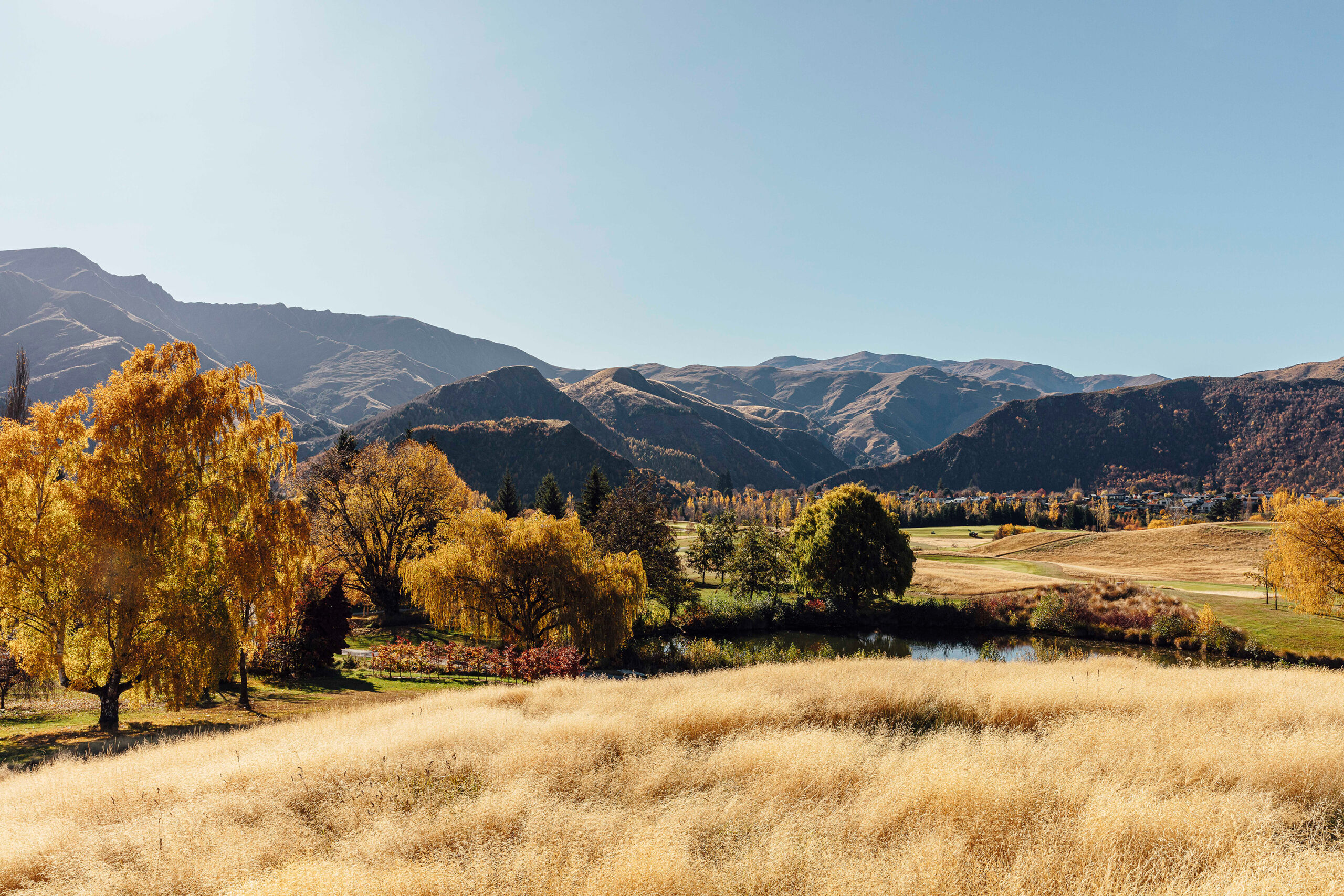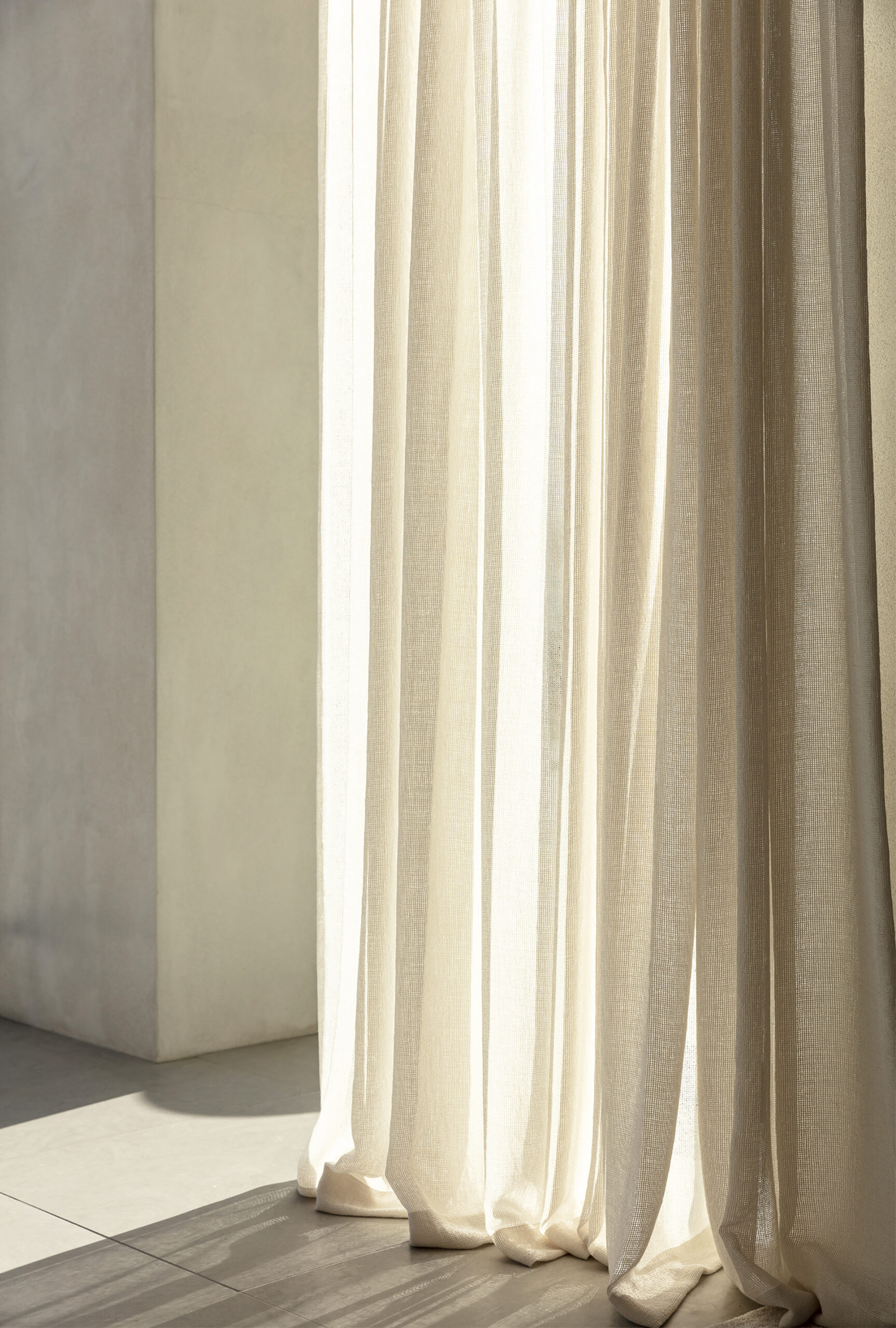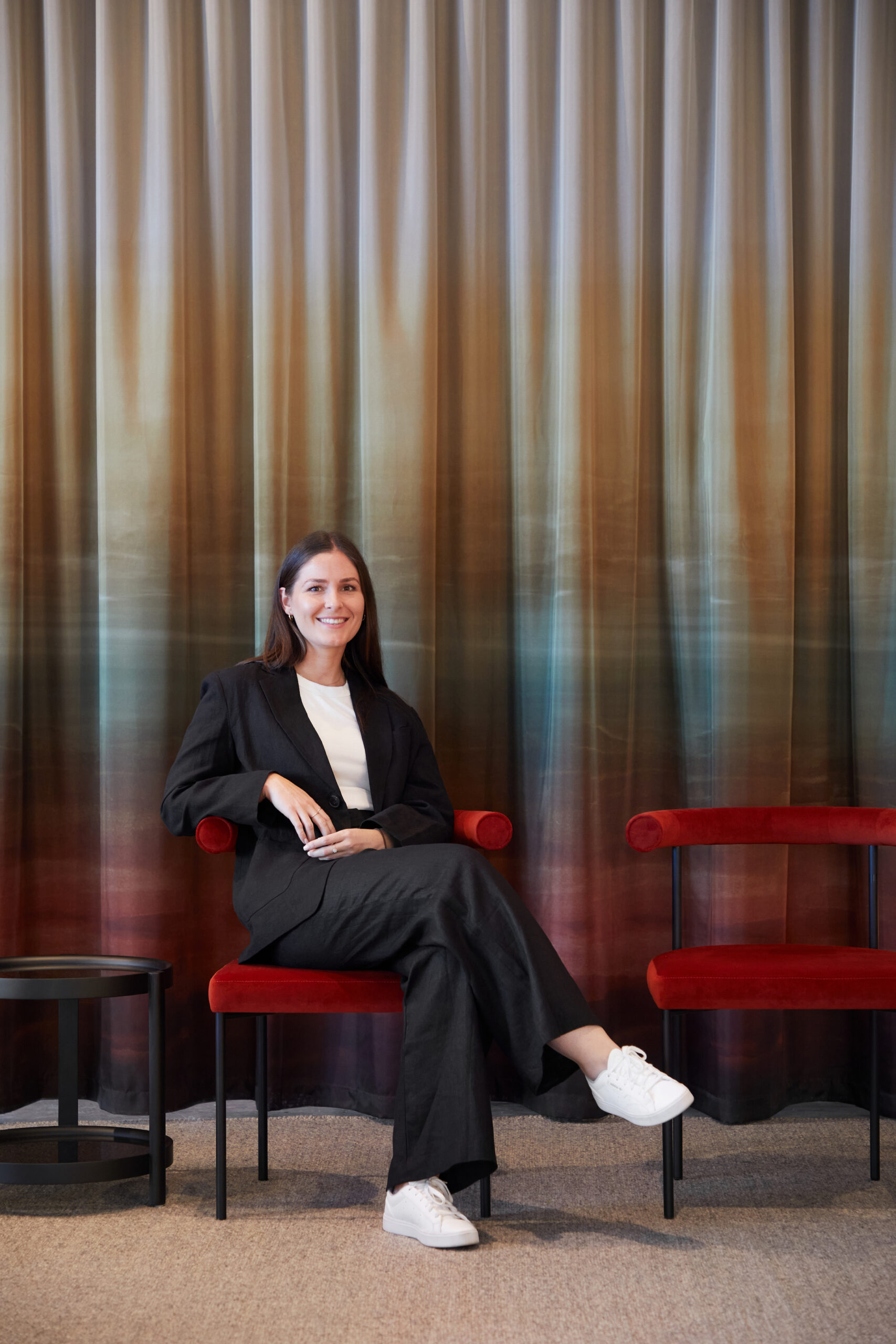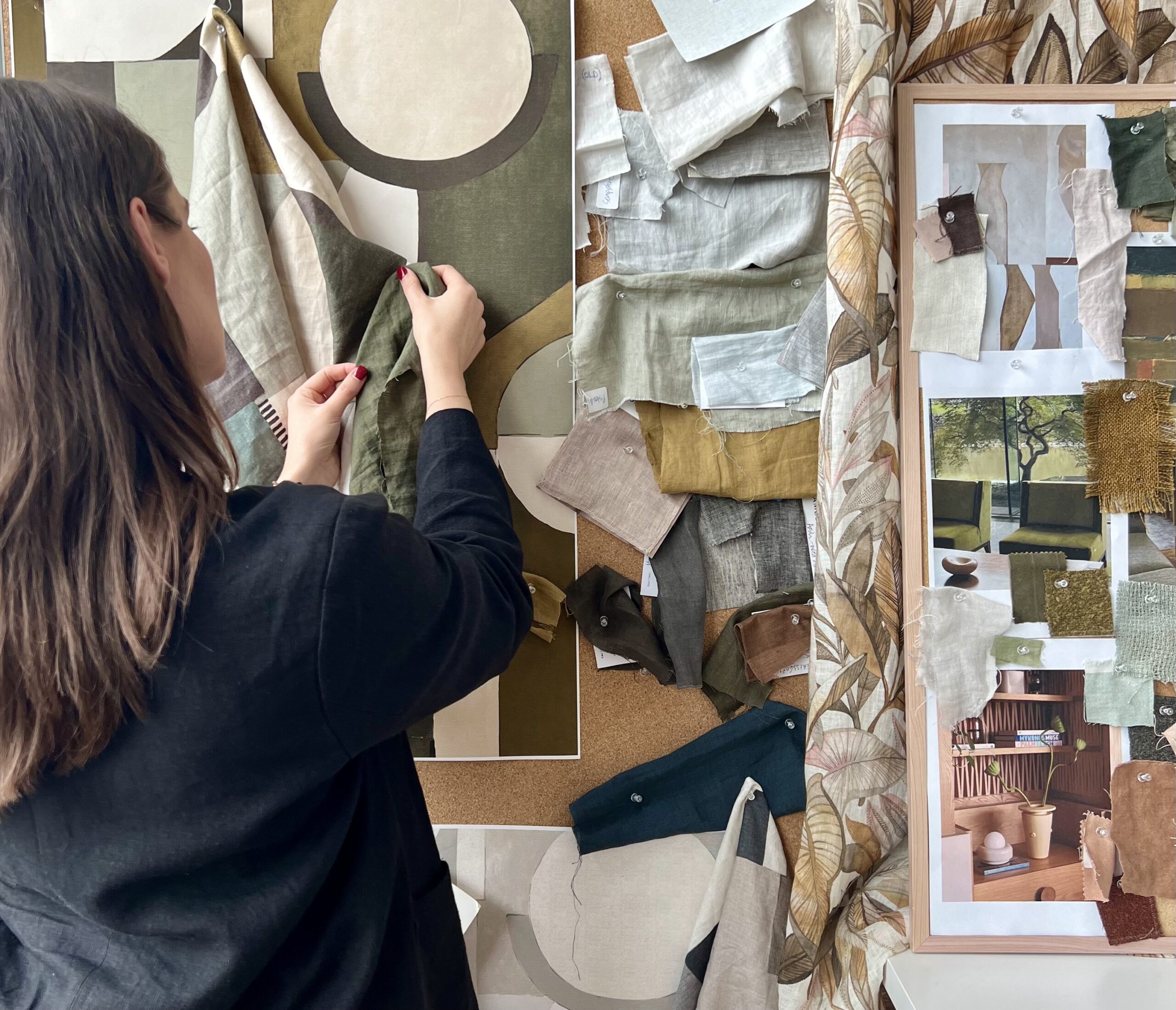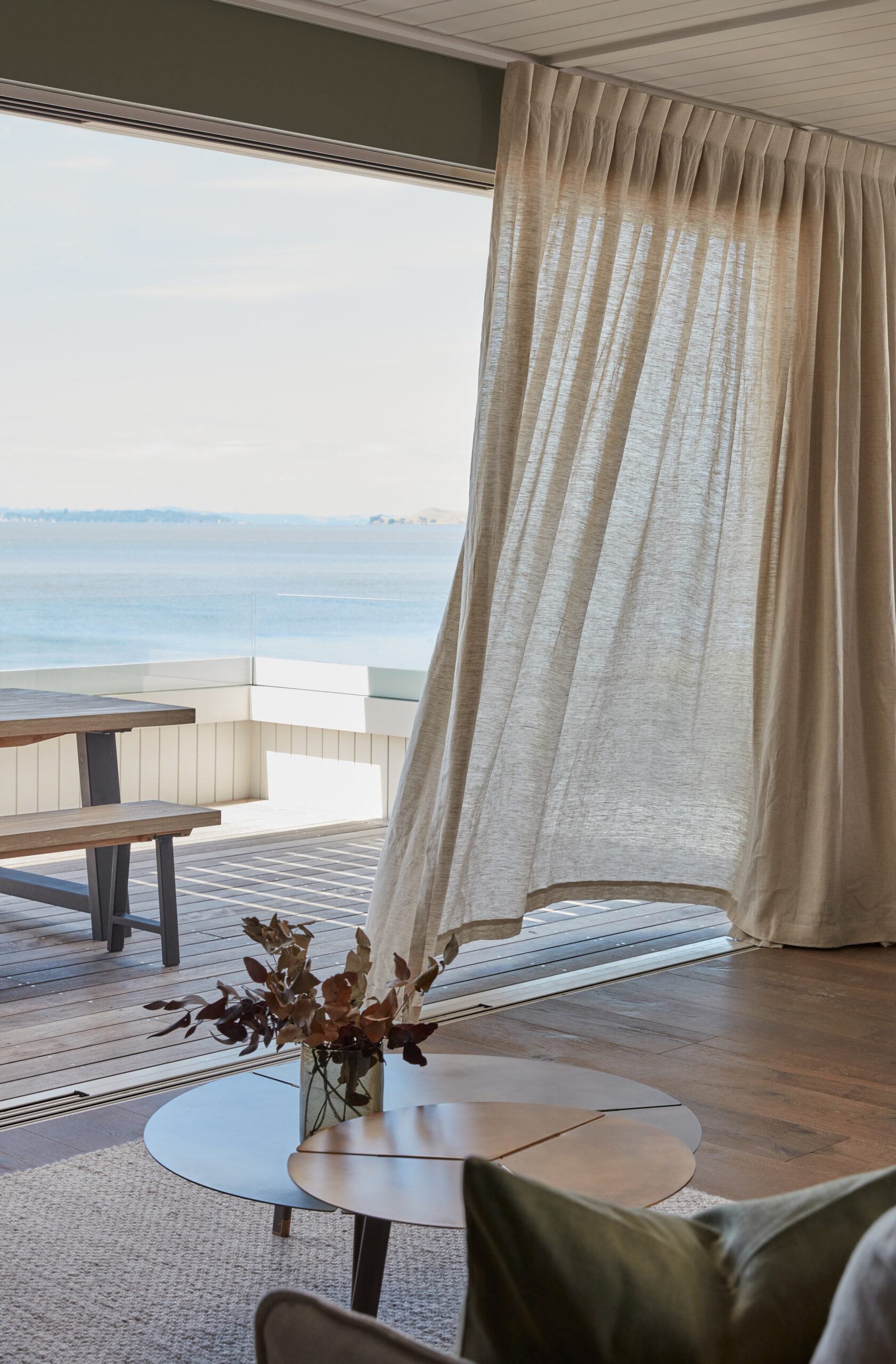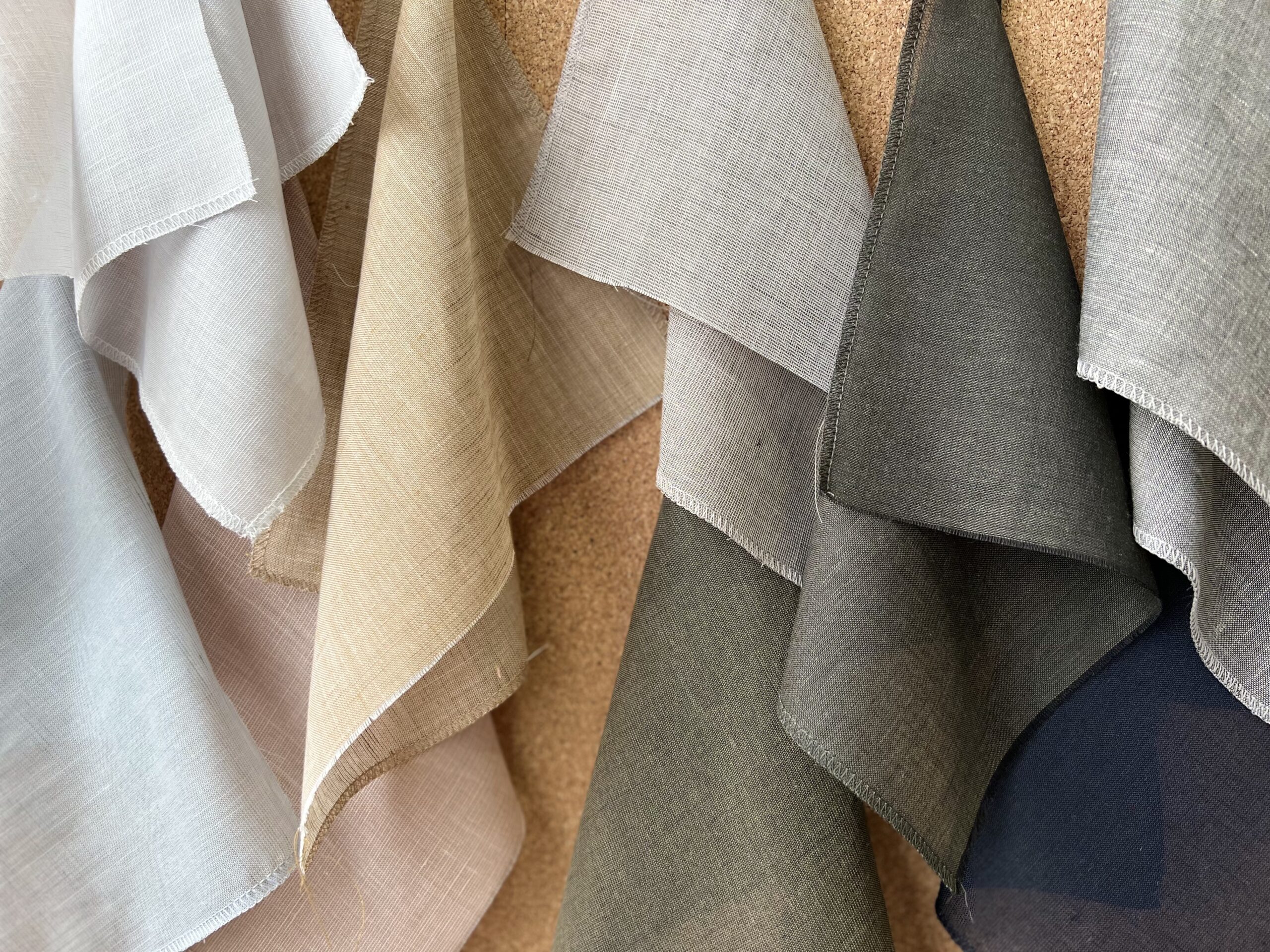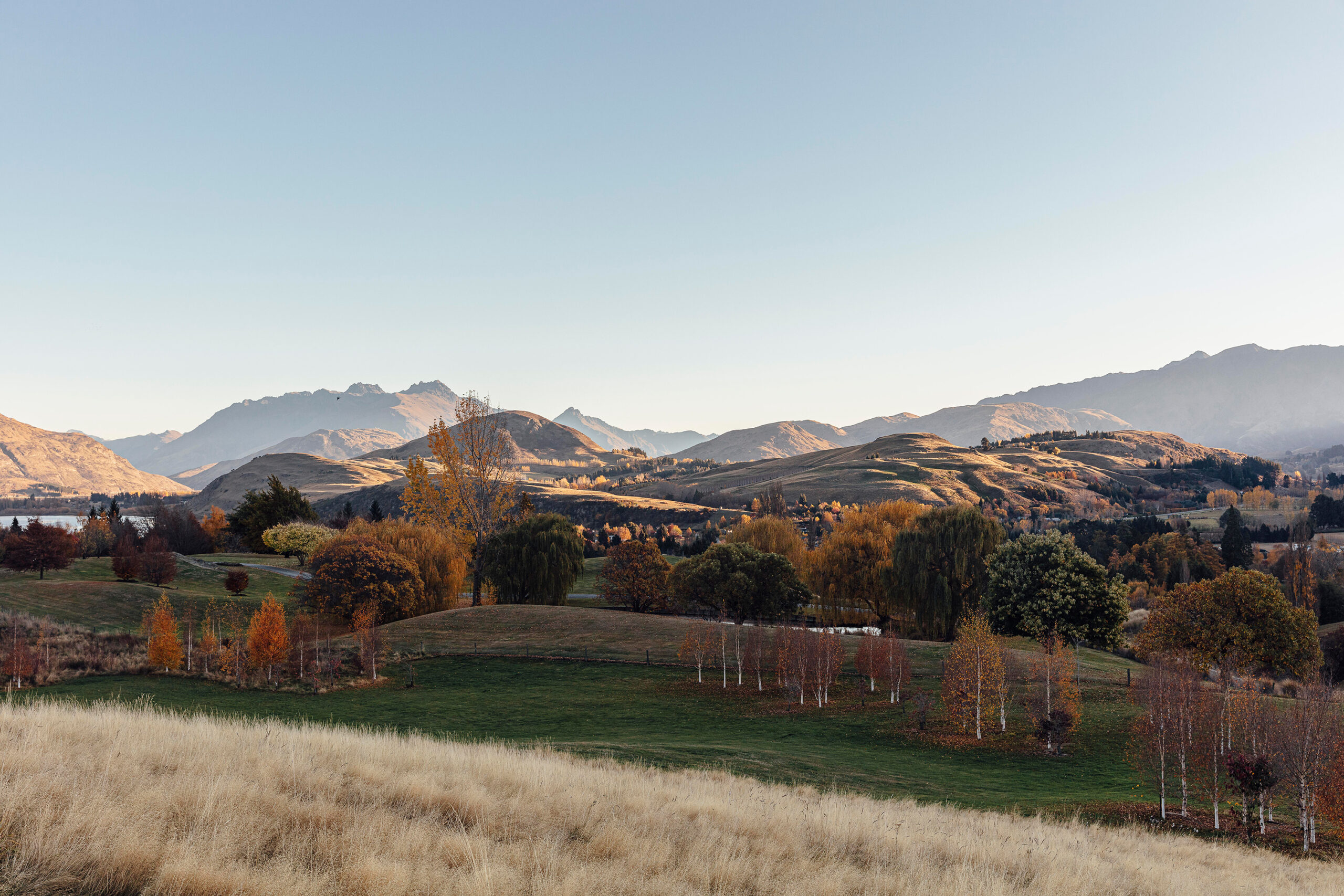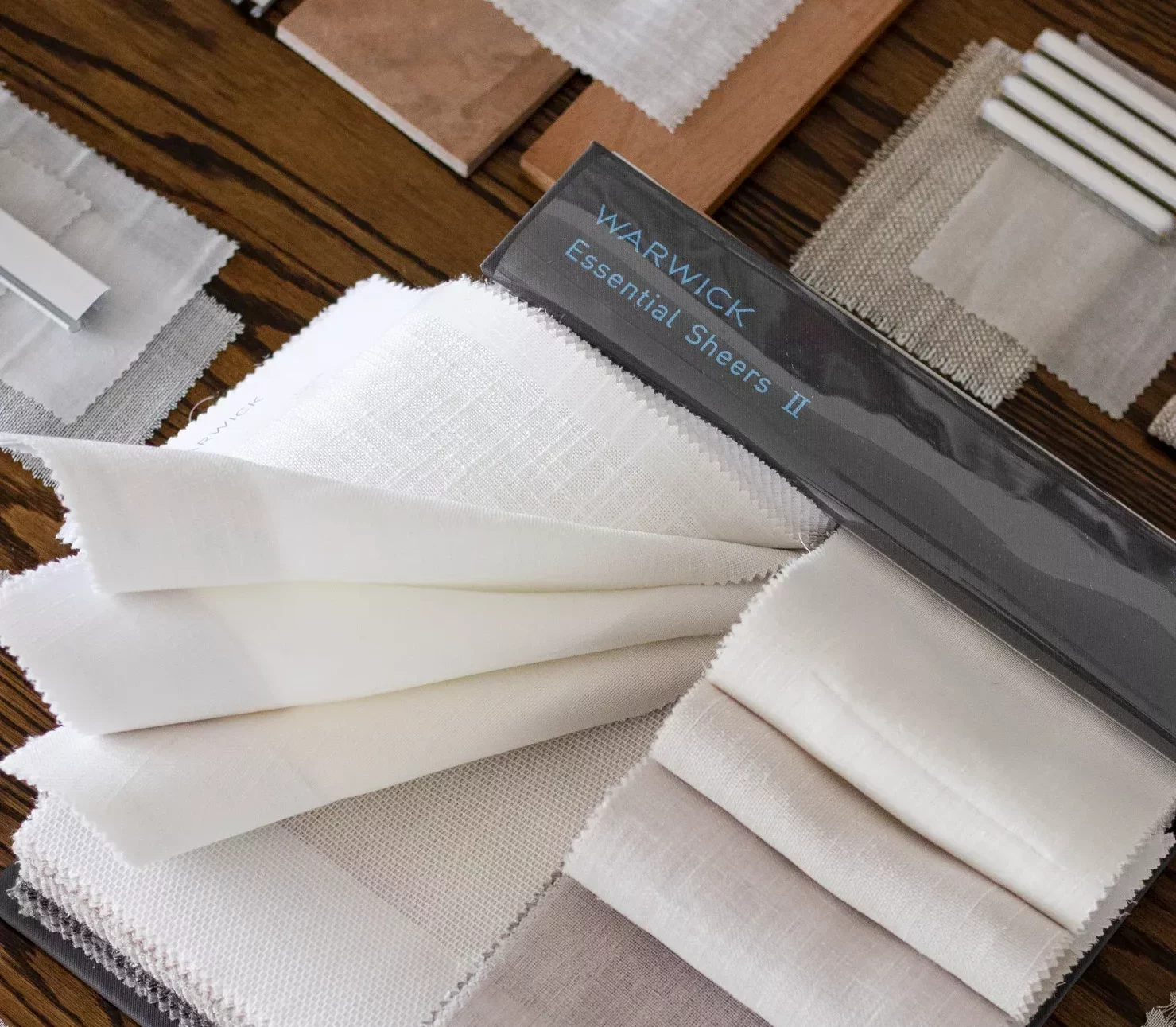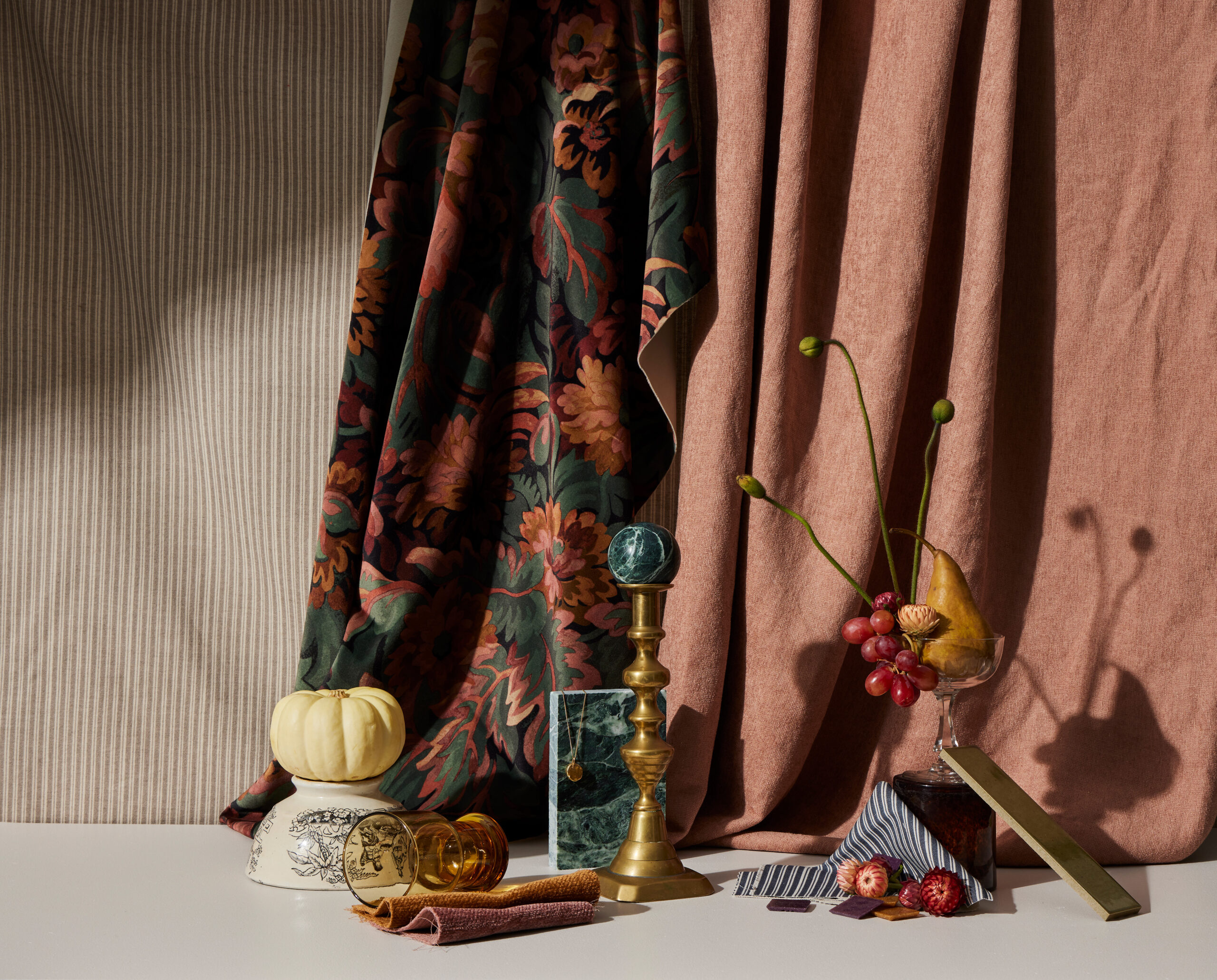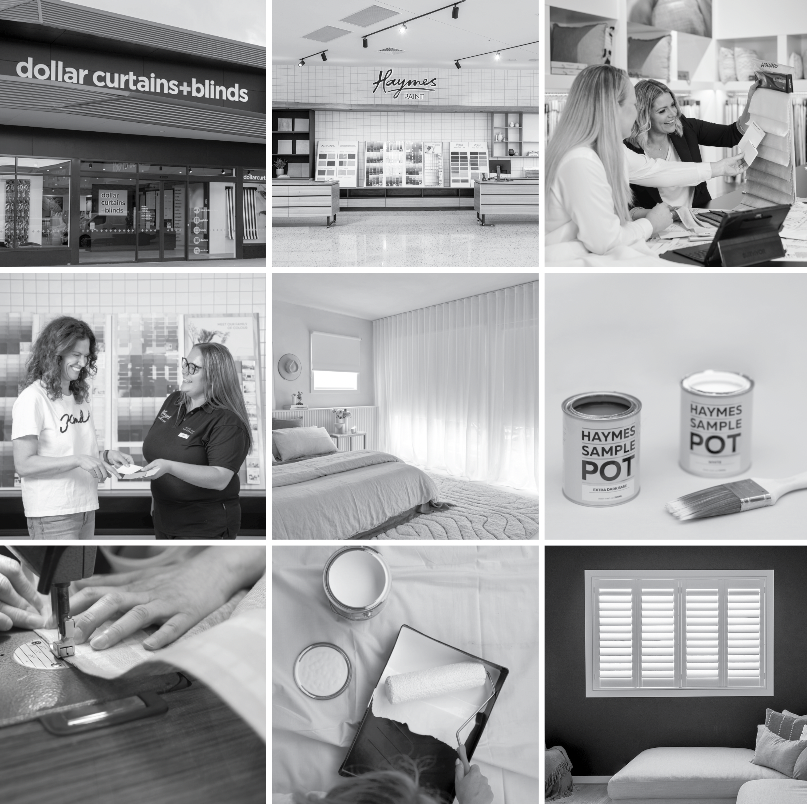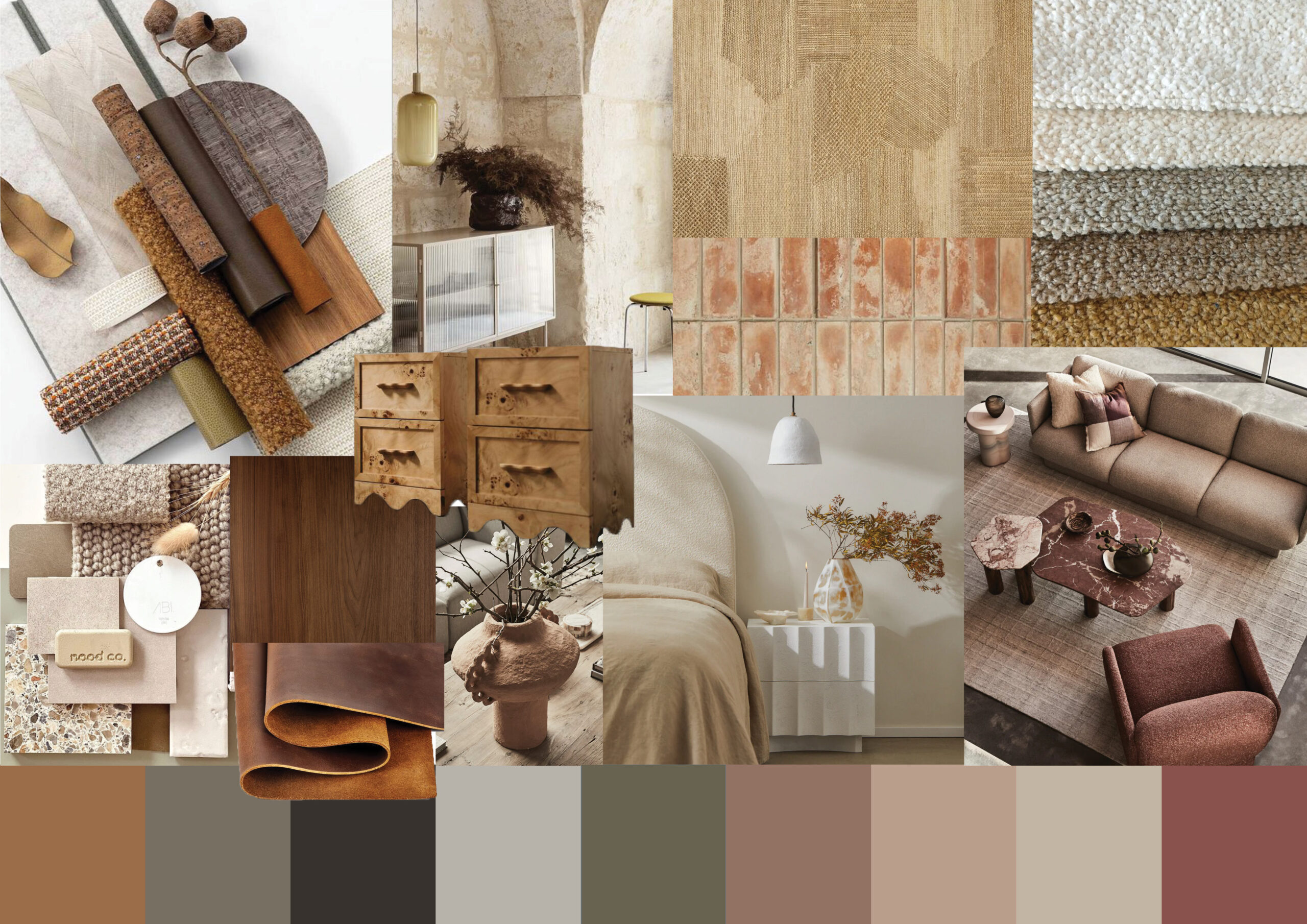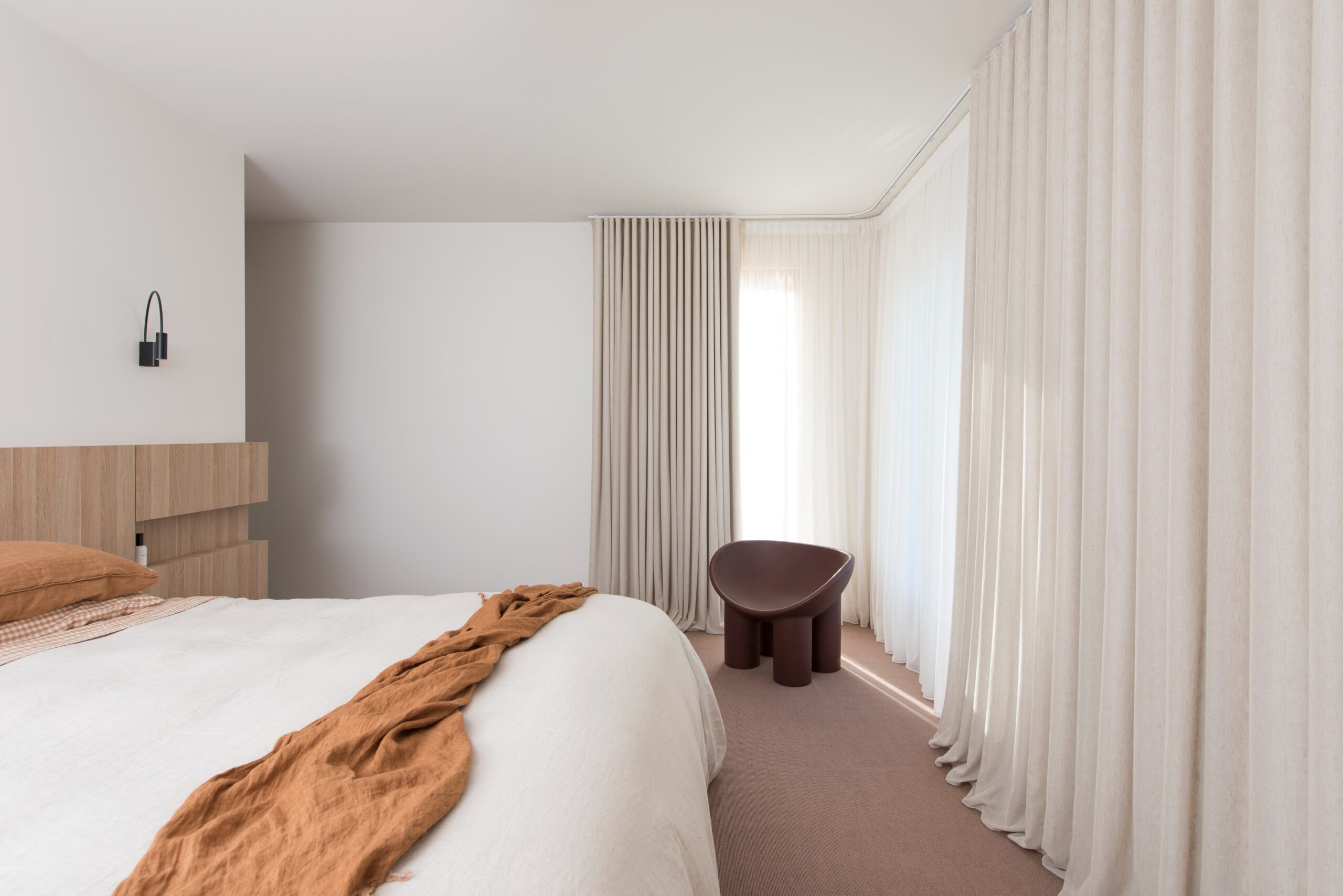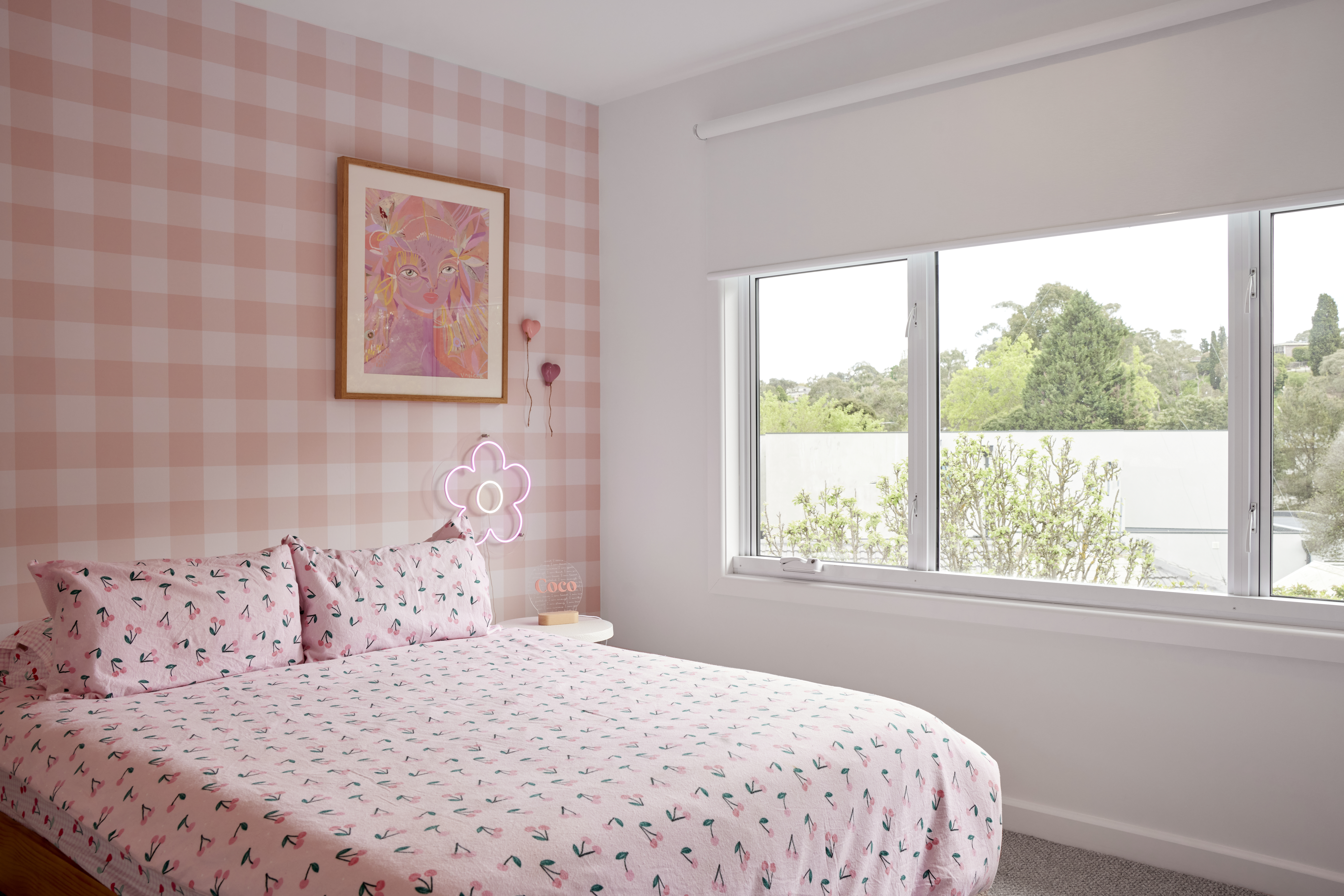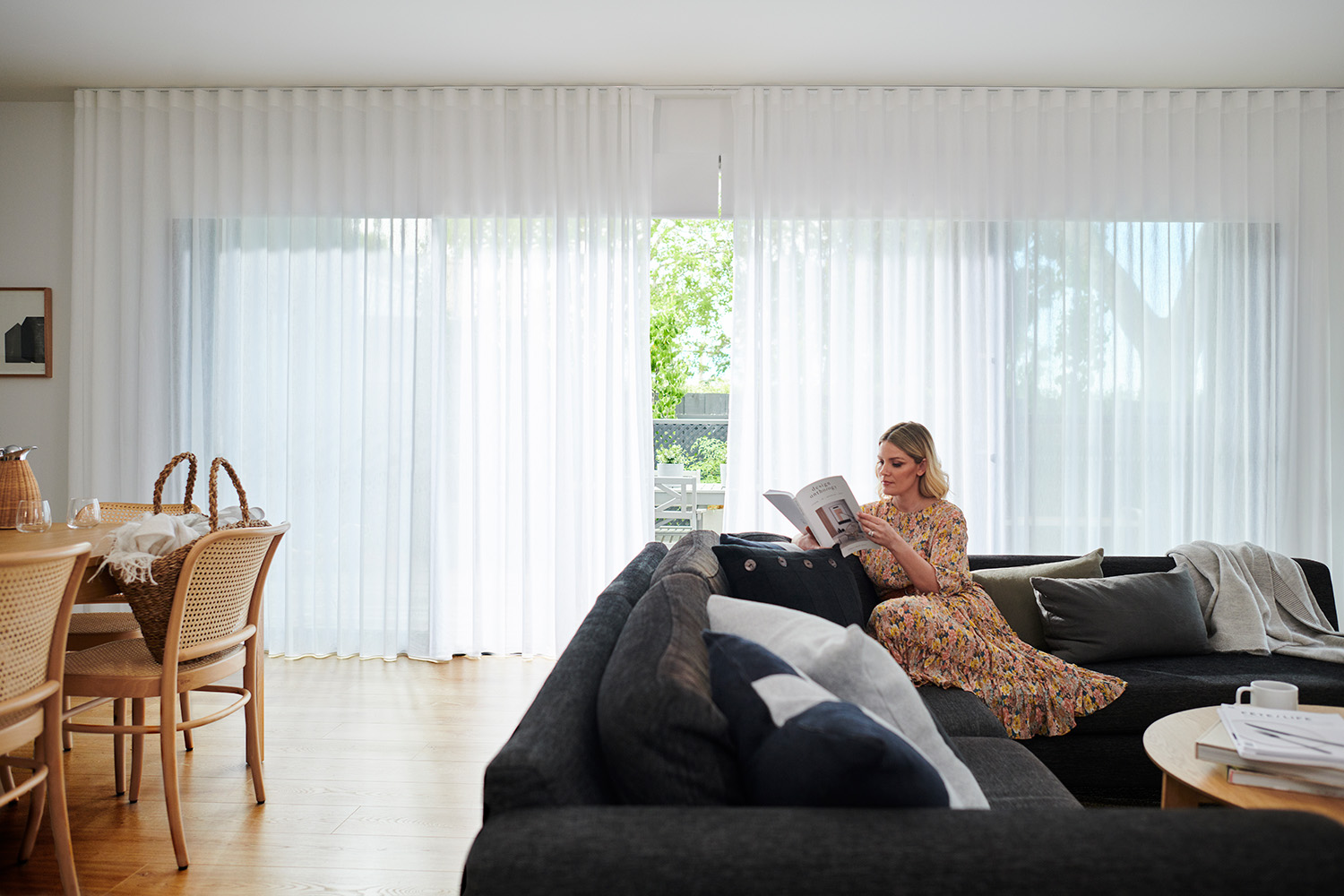I’m particularly passionate about colour development. Colour is a really important part of what we do – in our experience when it comes to the selection of interior textiles people tend to choose first on colour, then design and texture. Colour connects with people on such a visceral level. It has the ability to completely transform a space, to change the mood or create a certain atmosphere.
The way we perceive colour is heavily influenced by our surrounding light. In New Zealand and Australia we have abundance of clear, clean natural light. Our light tends to amplify the way we see colour. Colourlines that we view at Trade Shows in the Northern Hemisphere look perfectly placed in the typically more diffused lighting of the UK for example but when we get back to our design studio they can often look too saturated in our light. So we almost always need to custom develop our own exclusive colours with the mill. In our part of the world we love fresh neutrals but our preference for decorative colours tends to be towards shades that are slightly muted and a little more paired back.
Through custom colour development we can control the nuance, the strength or depth of colour. It allows us to ensure our colour palettes sit cohesively within our visual environment. Colours that complement the view and sit effortlessly within a space. In Australia and New Zealand we experience a deep connection to our surrounding landscapes, so there is a desire for interior colour palettes that reflect the colours of nature, to allow one to bring elements of the outdoors in.
Having a design studio that does custom colour development allows us to be agile to the changing trends and evolution of market demands.
I particularly love recolouring a James Dunlop Classic; designs that have stood the test of time. Cavalier is a wonderful example of this, first launched in 2011, Cavalier remains a constant within our top performing draperies. This wide width sheer is woven in predominantly polyester to create the appearance and handle of fine linen whilst being able to withstand our harsh environmental conditions. This trusted James Dunlop Classic has been recoloured and reinvigorated within the design studio. The new palette offers top selling neutrals from the existing colourline with the inclusion of fresh white, six new neutrals, duckegg blue, blush, ginger, deep moss and citrus based martini greens, a classic ink and black. Cavalier’s updated palette borrows colour from Mother Nature, developed to elegantly frame the view within any home.
There’s a sustainability to reinvesting in our James Dunlop Classics – through recolouring, resampling and relaunching the Classics we ensure these trusted products remain current for years to come. 2023 will see a recolour of James Dunlop’s much loved Kyoto and EnvoyII – stay tuned!
